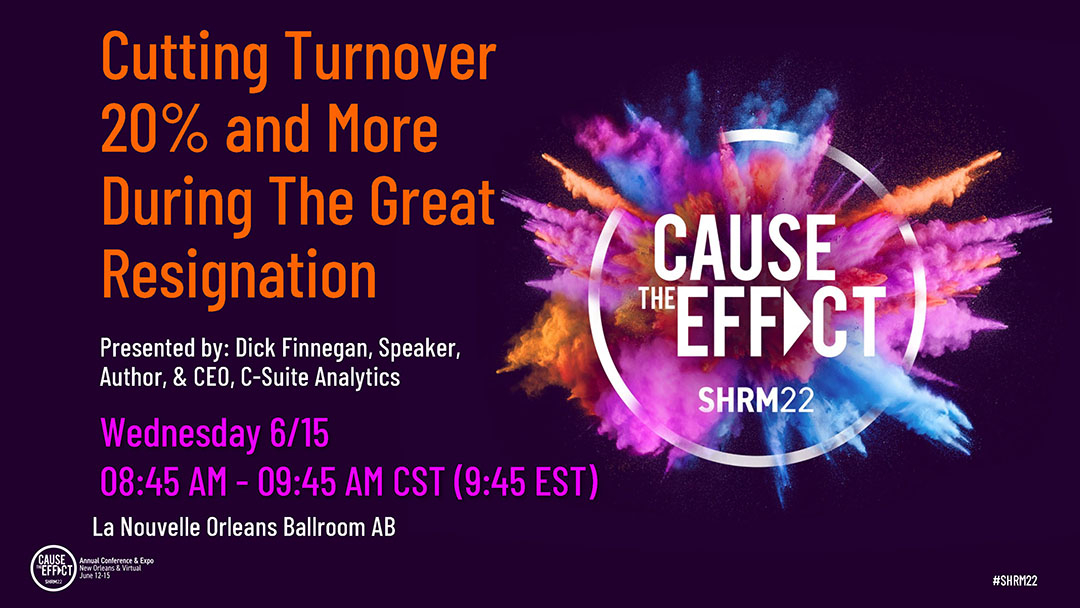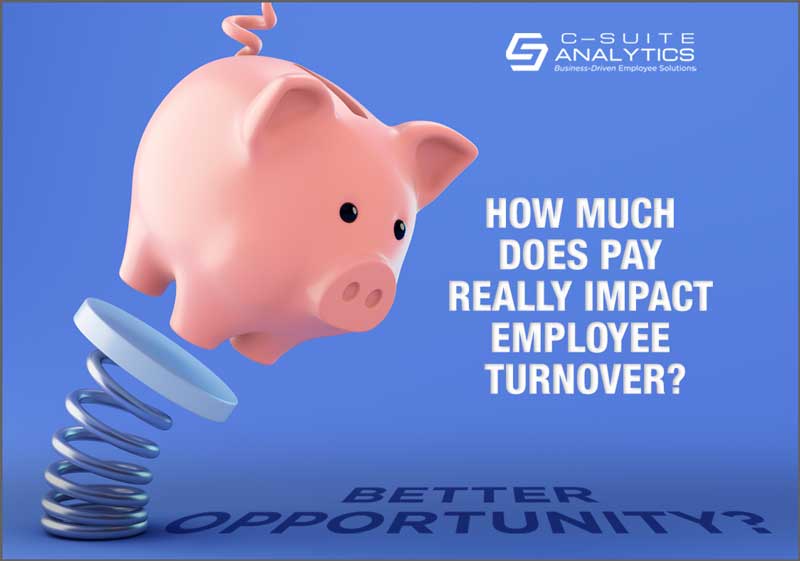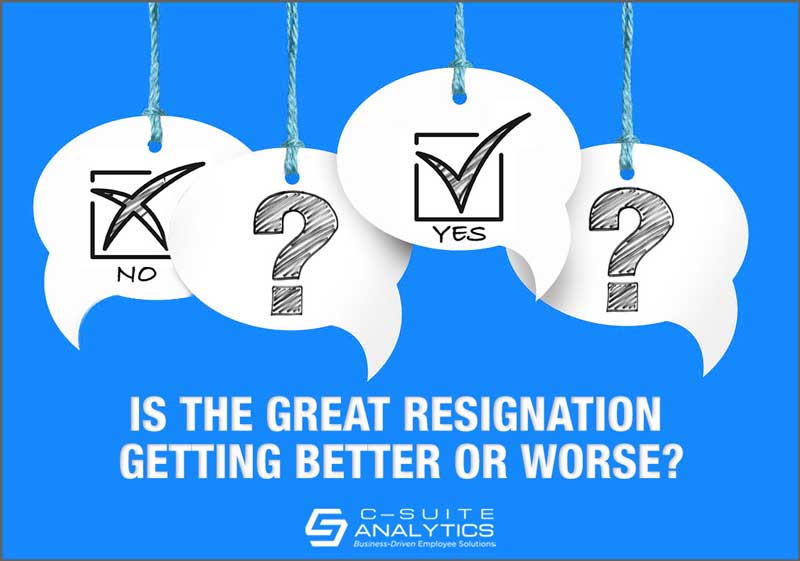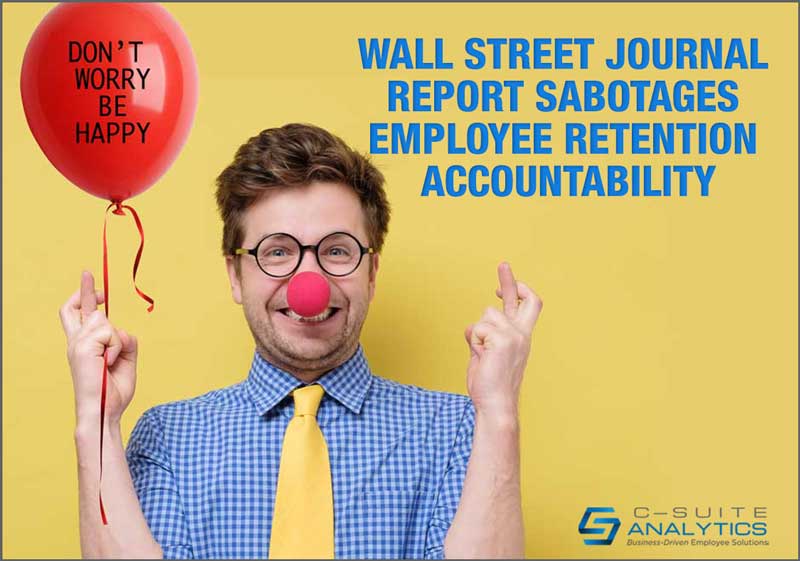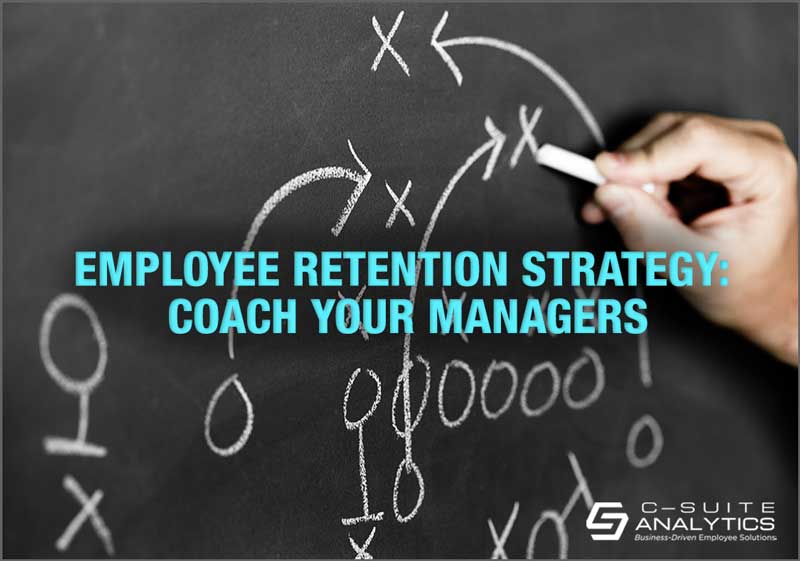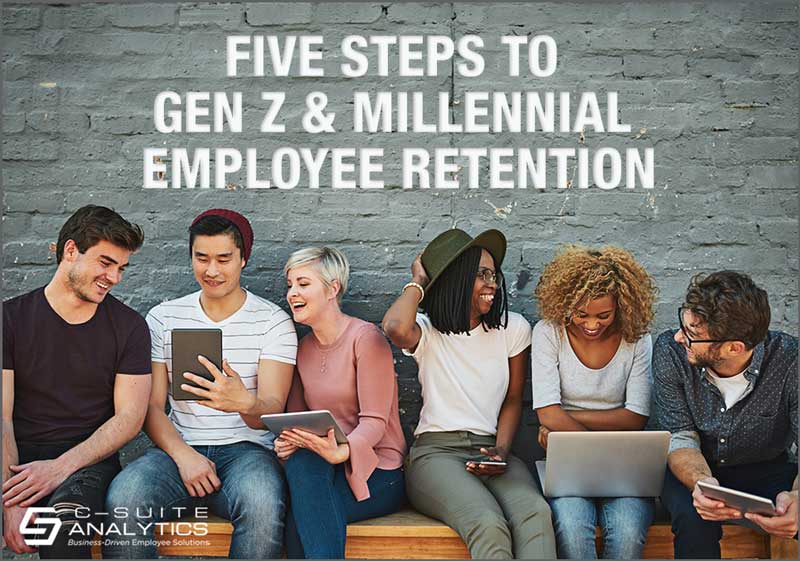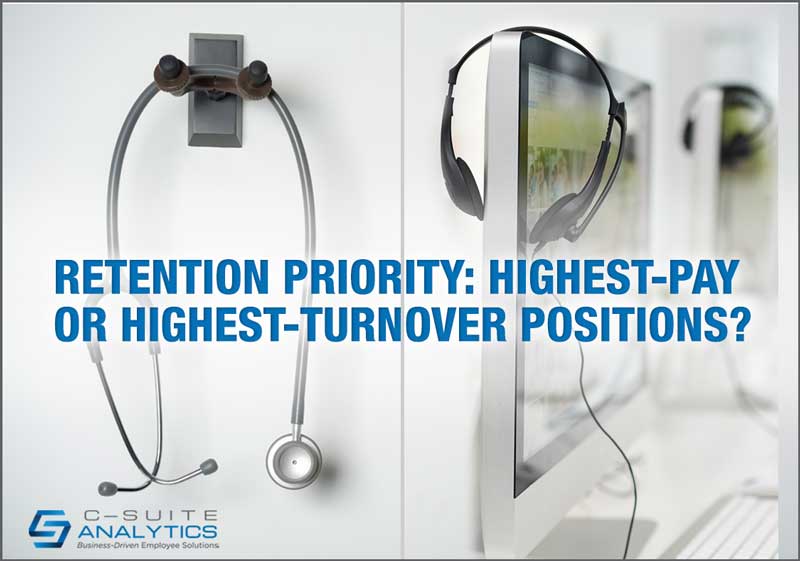Cutting Turnover 20% and More During The Great Resignation
In preparation for Dick Finnegan’s #SHRM22 mega-session: Case Studies: Cutting Turnover 20% and More During "The Great Resignation” we are reposting our blog that contains several real-world examples of clients cutting turnover that will be shared with updated data and additional examples from the stage.

